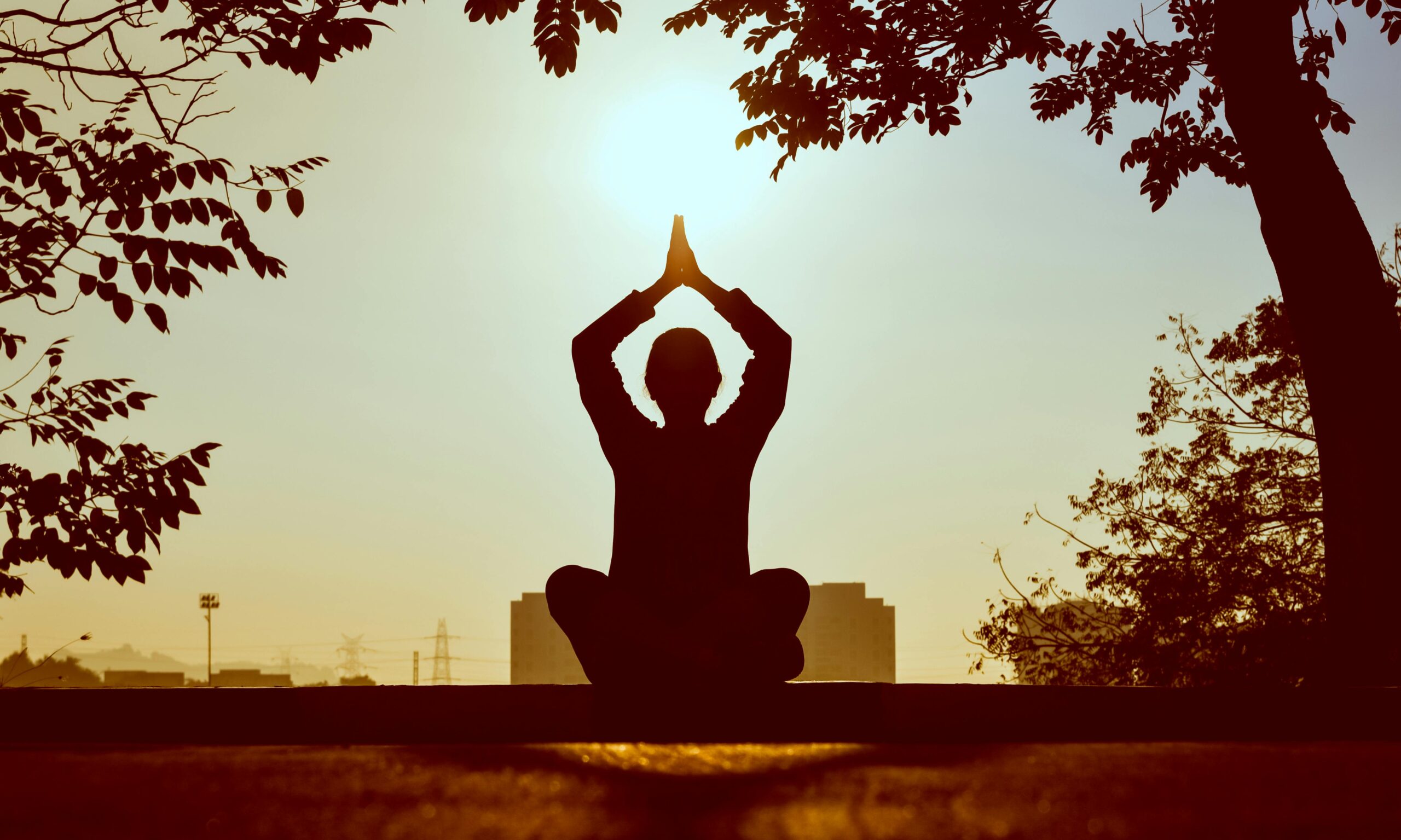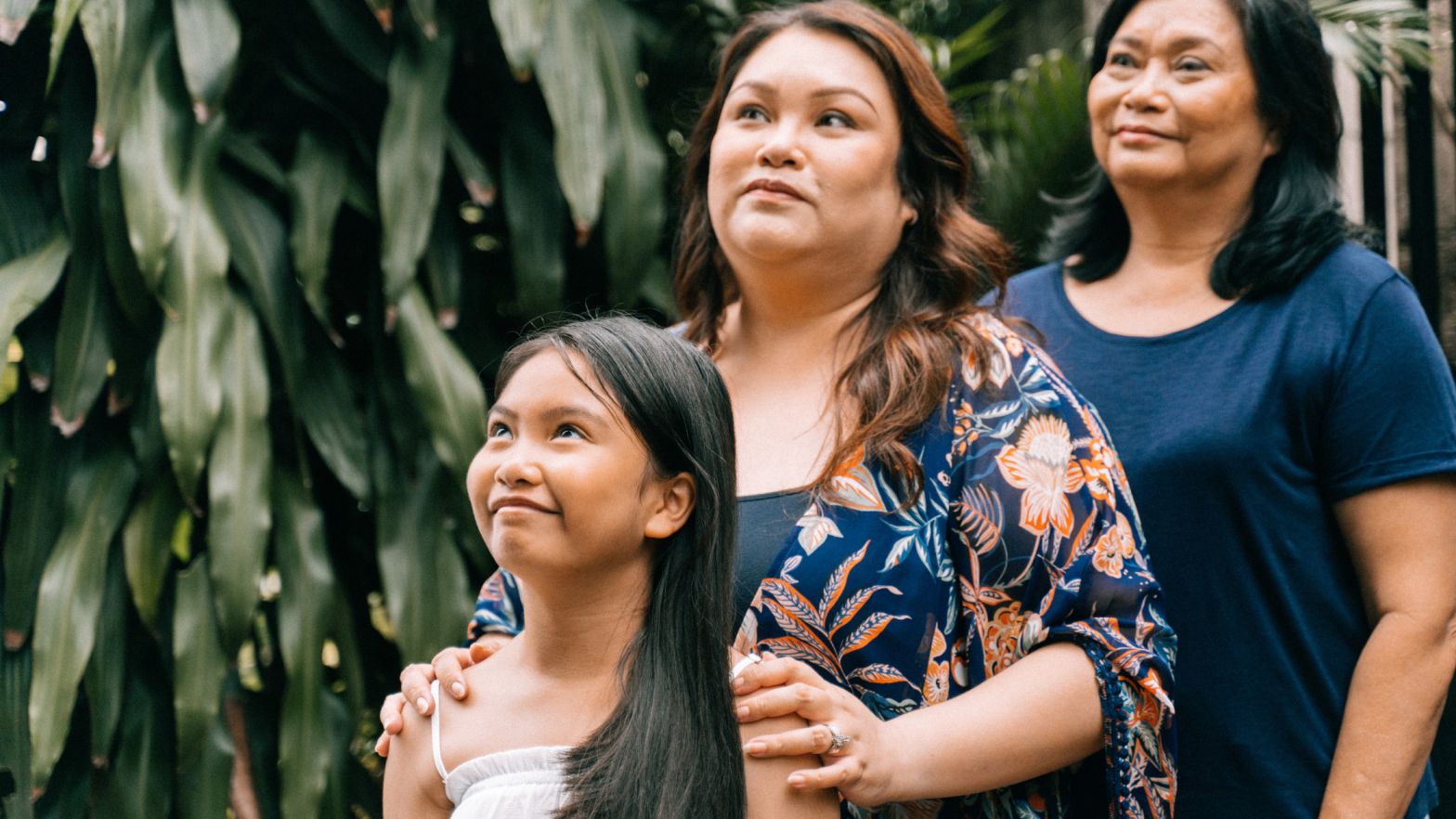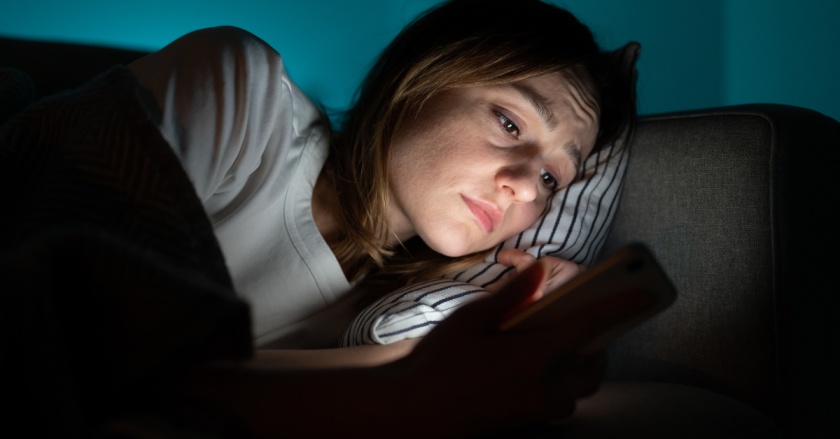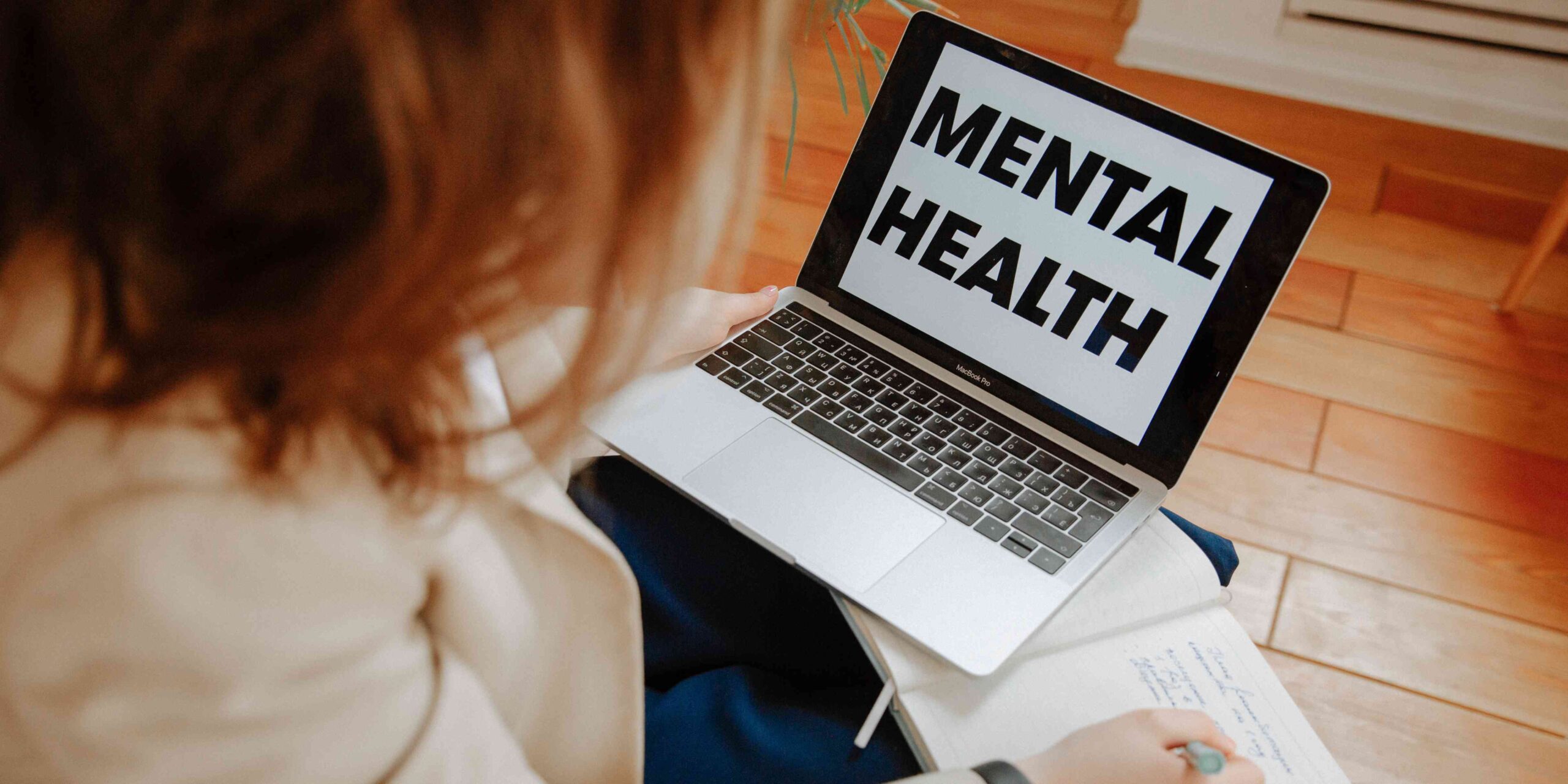Anxiety is characterized by problematic levels of excessive worry that develop into a vicious cycle, further strengthening the symptoms. Today’s life is fast-paced, and therefore it is not a surprise that many people experience anxiety. Seeking help from a therapist or a prescription is not a bad option, but many individuals are looking at better alternatives such as meditation to relieve their anxiety symptoms. So, can a complex disorder like anxiety be handled by meditation? Let’s see how one starts meditating and then understands the neuroscience behind it; what do the techniques look like, and are there any useful tips?
Does meditation help with anxiety or panic attacks?
One should not expect meditation to help them with anxiety completely, but one can definitely expect a decrease in the magnitude and frequency of such anxious feelings. This is because meditation aims to calm the individual, enhance their concentration, and help them manage stress better. The studies conducted concluded that mindfulness meditation indeed can reduce stress levels by lowering cortisol levels and help foster emotional resilience.
Another key area where meditation aids individuals is learning how to cope and factor in one’s feelings. Furthermore, this leads to overcoming intrusive thoughts. Although individuals do take a longer time to recover through meditation, most of them see tremendous improvement in the symptoms.
Can meditation cure overthinking?
Those who have struggled with overthinking know that it always feels like a never-ending flood of thoughts. But at times, all one needs is closure, and this is where meditation offers assistance. Mindfulness meditation practices have the allowance to separate oneself from their thoughts. In addition to that, it allows you to observe the thoughts without forming an unnecessary opinion. Eventually, with enough practice, this helps the brain to avoid triggering intrusive thoughts.
Meditating can help you to keep yourself anchored to the present moment and avoid going into a cycle of ruminating over things that happened in the past or worrying about things that might happen in the future.
The science behind meditation and anxiety
In the USA, around 19 percent of adults are diagnosed with an anxiety disorder, but nearly 60 percent of such people do not get the required treatment. As per concerned studies and research, some people have even claimed that they were able to control their “short anxiety phase” by merely meditating rather than taking medication. Certain studies conducted by Johns Hopkins University have only seemed to back these claims.
In addition to this, a study aimed at individuals with generalized anxiety disorder by Elizabeth Hoge from the Massachusetts General Hospital found that mindfulness meditation of 8 weeks successfully reduced the intensity of anxiety.
Meditation is useful for rewiring the brain’s emotional connections, which alters how thoughts that cause anxiety are processed. As a result, meditation makes people observe anxious thoughts rather than being weighed down by them, which improves their overall relationship with emotions.
Can anxiety be treated with alternative therapies?
Even though there is no single answer to the question of how to cure someone’s anxiety, there are quite a few interventions that can provide relief. Most people tend to ignore the effectiveness of simple things such as meditation, working out regularly, eating healthy, sleeping at the right time, or just going outside. Calming your thoughts is not the only purpose of meditation, but rather, it also improves your ability to think straight and manage your emotions.
How to meditate properly?
Meditation is not as complicated as people make it seem; just follow the guide.
- Find a quiet, comfortable spot. You would first need to find the right spot where no one would distract you or sit somewhere comfortable, like a chair or a cushion, if you wish to do so. Alternatively, you can also lie down if that feels more comfortable.
- Close your eyes and relax. Then begin to close your eyes for a moment, followed by inhaling and exhaling a couple of times to the point where you feel relaxed.
- Focus on your breath or a mantra. Once you feel centered and at peace, you may then shift your focus to your breathing or other phrases, such as “I am calm,” that are easier to remember.
- Let distractions pass. Focus on breathing in and out and let your mind wander a bit; if you feel that your mind’s weight is shifting, hold your focus on the place for a position of time.
What is the easiest way to start meditating?
In case you are new to meditation, then start with baby steps; practicing just for a time period of 5 minutes will be sufficient, and here’s how:
Choose a quiet space where you won’t be interrupted.
Set a timer so you don’t have to keep checking the clock.
Focus on your breath or use a guided meditation app for support.
You can gradually extend your practice time by consistently following this basic routine.
Effective meditation techniques for anxiety relief
1. Mindfulness Meditation
Mindfulness meditation encourages individuals to focus on the present moment without judgment. This practice involves observing thoughts and feelings as they arise, akin to watching leaves float down a river. Over time, this technique cultivates a non-reactive state of mind, which is crucial for managing anxiety.
2. LKM or Loving-Kindness Meditation
According to the name, loving-kindness Meditation is about cultivating compassion towards the self and other people. Such as wishing ourselves well and slowly incorporating so, towards people relevant to us, including those that we have conflict with, LKM nurtures the sense of interconnectedness and alleviates solitude—such stresses are often the precursors to anxiety.
3. Body Scan Meditation
It consists of mentally scanning the body with the idea of awareness of the scan being the goal to be achieved. Presented in a gradual manner, this allows the person to be present and prevents the mind from going down the rabbit hole of anxiety.
4. Guided Meditation
These meditations are ideal for those at the beginner stage or for those who have difficulty focusing on self-initiated meditations, as it provides a certain framework. In the rest of the cases, it can be the teacher or audio recordings that guide students through the processes that allow them to practice.
5. Breath Awareness Meditation
Many forms of meditation practice involve concentrating on the breath. It consists of an abdominal, slow, and deep pattern of breathing that promotes a state of relaxation while decreasing nervous system activity and emotional cues like anxiety symptoms such as increased pulse and BP levels.
6. Visualization Techniques
Visualizations are techniques where one envisions serene scenes or experiences that provoke relaxation. This technique is quite beneficial for those who are challenged by the traditional meditation technique to create a mental retreat away from anxiety triggers.
Benefits of meditation in reducing anxiety
Lowered Cortisol Levels: Practices like SKY Breath meditation have been demonstrated to reduce cortisol levels, often known as the stress hormone, by as much as 78%, contributing to long-term anxiety relief.
Better Concentration: A research study at the University of Waterloo demonstrated that just 10 minutes of mindfulness meditation helped participants better focus on what needs to be done despite other distractions.
Improved Emotional Control: The habitual practice of meditation reprograms the neural pathways in the brain, enhancing emotional control and helping the individual distinguish between irrational fears and reality.
Conclusion
Meditation is an excellent tool to reduce anxiety with techniques that suit every preference. Though it may not erase anxiety completely, regular practice reduces its symptoms and improves one’s emotional well-being. Backed by science and supported with practical methods, anybody can introduce meditation into his/her daily routine for improved mental health.
Share this content:




